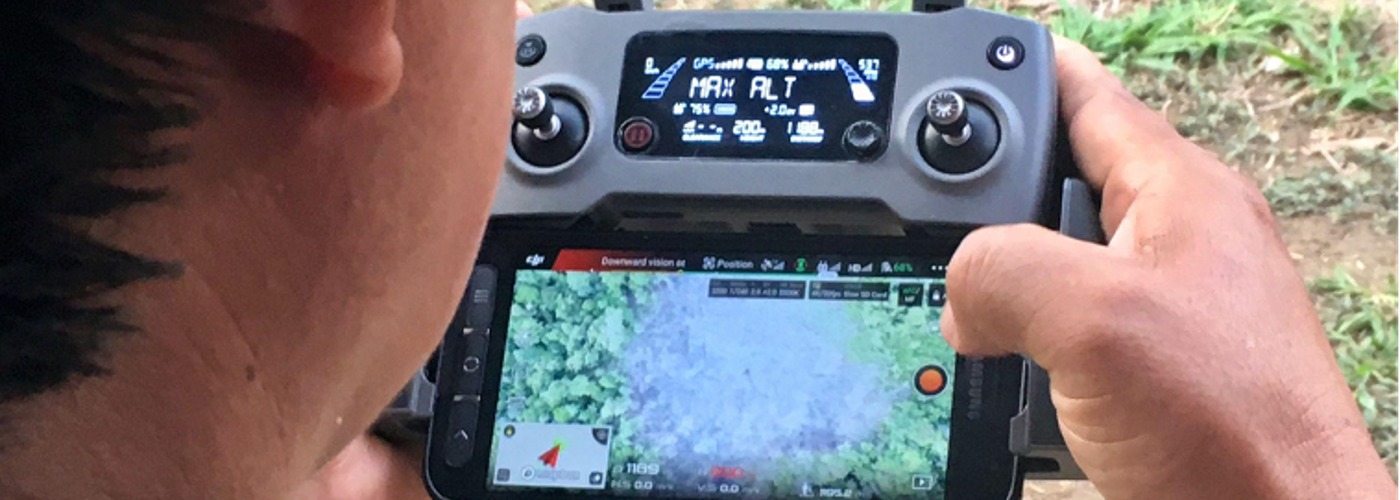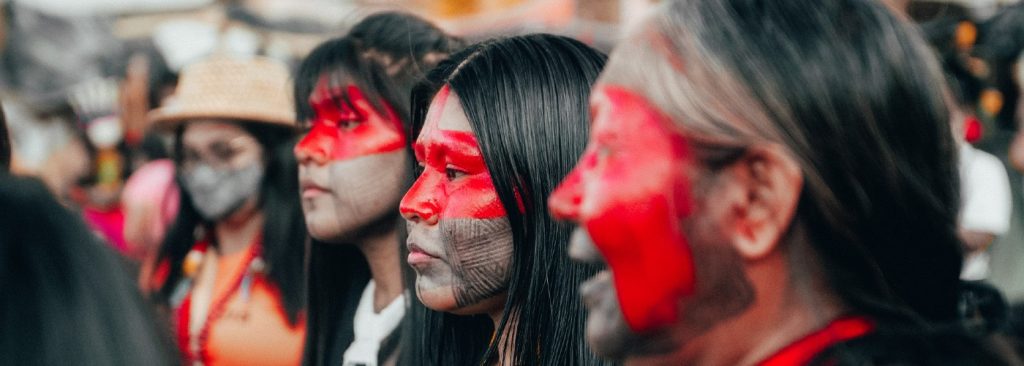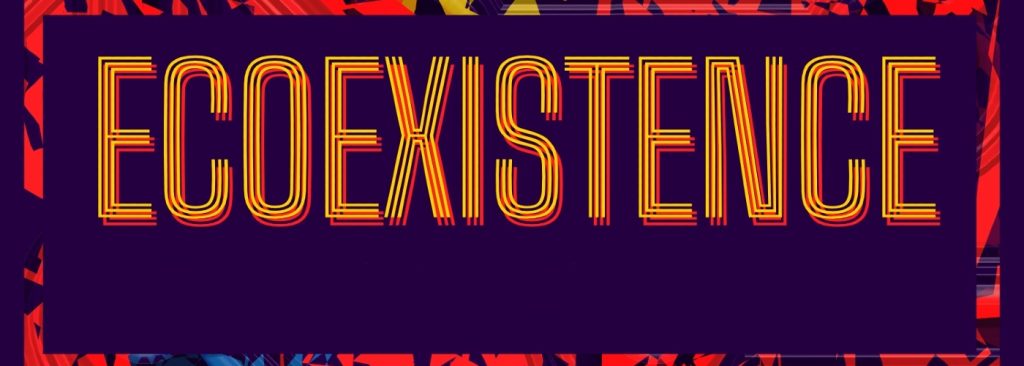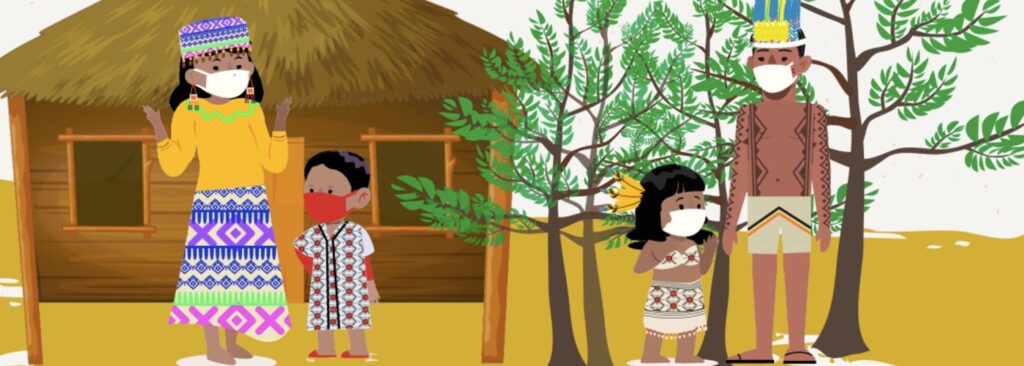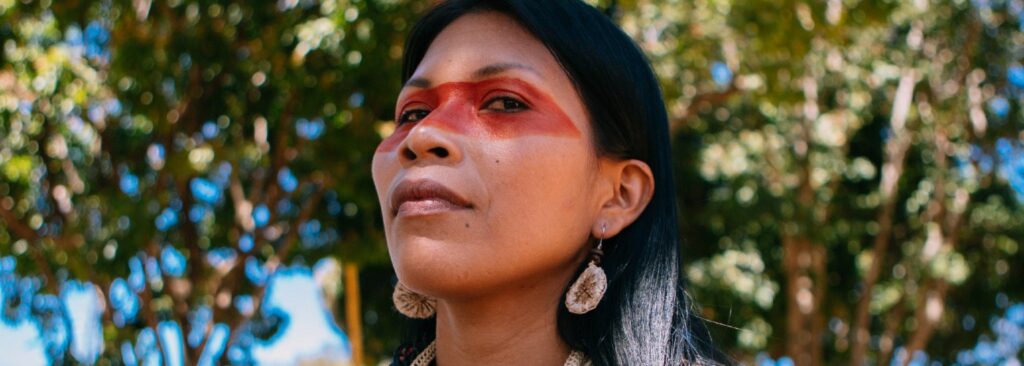By Nora Sánchez
Forests are an essential part of the solution to climate change. They remove and store carbon from the atmosphere, aiding temperature regulation. The Amazon rainforest, for example, is an invaluable carbon sink. When healthy, its trees and ecosystems play a key role in influencing temperature and rainfall patterns around the world.
However, deforestation, wildfires, and human activity threat the survival of the Amazon. According to a recent report, more than 860,000 hectares of primary forest were lost across the Amazon this year. With fewer trees to help absorb and regulate carbon in the atmosphere, the Earth’s temperature is rising, which accelerates the effects of climate change.
But… there’s something we can do! Very much in tune with COICA’s move to save 80% of the Amazon by 2025, civil society organizations, Indigenous organizations, academia, collectives, and other actors are seeking new ways – innovative ways – to monitor what’s happening in the Amazon and be able to respond to it in time to save the rainforest and those who call it home.
Solutions for the Amazon
Hivos’ All Eyes on the Amazon program has launched “Solutions for the Amazon”, a vlog series that shares experiences implementing innovative and creative solutions and initiatives to support the fight against large-scale deforestation and degradation of the Amazon ecosystem, and to contribute to strengthening Climate Justice in the Amazon basin.
Forest monitoring designed for action
You can’t fight deforestation if you don’t know when and where it happens. In the first episode of Solutions for the Amazon, Jessica Webb, Senior Manager for Global Engagement at World Resources Institute (partner organization of the program), presents Global Forest Watch. This is a free, easy-to-use virtual platform that helps Indigenous leaders, community representatives, and environmental defenders identify the exact points where deforestation is taking place in the Amazon and the world.
“Through technological advances such as artificial intelligence, millions of satellite images can be analyzed in order to identify the exact spots where deforestation is taking place. This happens by providing data through the Global Forest Watch platform, but also through a mobile application called Forest Watcher, that allows users to access data even without internet connection.”
Jessica Webb, WRI
Supported by the All Eyes on the Amazon program, Global Forest Watch worked on a complementary alert system from the University of Maryland, called the Glad-S2 alerts, based on data recovered by the Sentennial 2 satellite. Because of Sentennial 2’s high resolution, these alerts pick up many more changes in the forest and are extremely useful for detecting logging activities.
There is also less delay between when a deforestation event happens and when it’s detected, allowing for a very rapid response to illegal activity so we can demand action and prevent more deforestation from happening.
Global Forest Watch has worked closely with the program’s local partners and Indigenous communities who are trained to receive deforestation alerts. Since the data analysis does not require technical expertise, Indigenous representatives, monitors, community leaders, and environmental defenders can see where new alerts occur in their territories and use the images to start an investigation into the cause.
Learn more about Global Forest Watch:
Innovative tools for defending rights
Solutions to strengthen climate action in the Amazon cannot be developed without the involvement and voices of the Indigenous peoples and communities who live there. Who better understands what needs to be done to defend and protect their territory?
In the second episode of Solutions for the Amazon, Emily Jacobi, co-founder of Digital Democracy (another partner organization of the program), shares the experience of building MAPEO together with local partners and Indigenous communities.
I think Mapeo is an innovative solution for the Amazon because it comes from the Amazon. It comes from the communities.
Emily Jacobi, Digital Democracy
MAPEO is a set of digital tools created in response to the needs of Indigenous communities and local organizations to create better maps of Indigenous territories without being connected to the Internet. So it was designed for people who are physically together to share information, even if there’s no wifi.
Indigenous leaders, guardians of the forests, monitors, and a number of other actors can gather map data by taking photos, notes, or linking GPS points. And with that data shared collectively with other members, each community can create and adapt their maps by choosing which categories (animals, plants, rivers, threats, etc.) they want to document. The maps can be printed, shared, and published to be used both internally within communities to gain a better knowledge of their territories, as well as externally in court cases and for advocacy.
One of the most amazing achievements of MAPEO has been its role in the lawsuit won by the Waorani people in the Ecuadorian Amazon. When a new oil concession was announced by the government in 2018, it passed right through the Waorani territory in the province of Sucumbíos. The Waorani used the maps as part of their resources to show the consequences of mining on their land and make a compelling case. It resulted in the halt to oil drilling and the protection of more than 200 thousand hectares of Waorani territory.
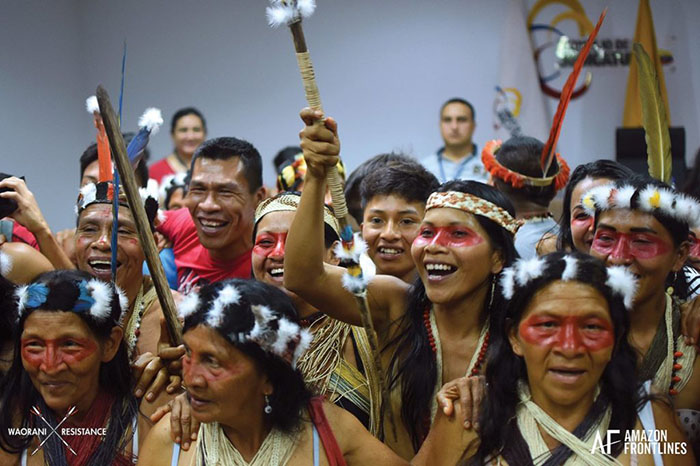
Technology is not the solution. It’s just part of the solution. And needs to be in service of our Indigenous partners. And when we do that, we not only build technology that’s more effective. We also strengthen the broader ecosystem that will ultimately protect the Amazon for future generations.
Emily Jacobi, Digital Democracy
Learn more about MAPEO:
Solutions for the Amazon will have eight episodes in total. They cover solutions based on technology, communications and campaigning, strategic litigation, collective learning and multi-actor action to help Indigenous peoples and local communities in the Amazon fend off threats to the Amazon.
Our aim with the series is to amplify smart, efficient initiatives that contribute to climate action in the Amazon by:
- empowering Indigenous peoples and local communities
- increasing awareness of what’s happening in the Amazon
- collecting ideas, tools, resources to engage collectively in actions that can help prevent the Amazon reaching a point of no return
Visit the All Eyes on the Amazon learning platform for more about innovative solutions to foster Climate Justice in the Amazon.

